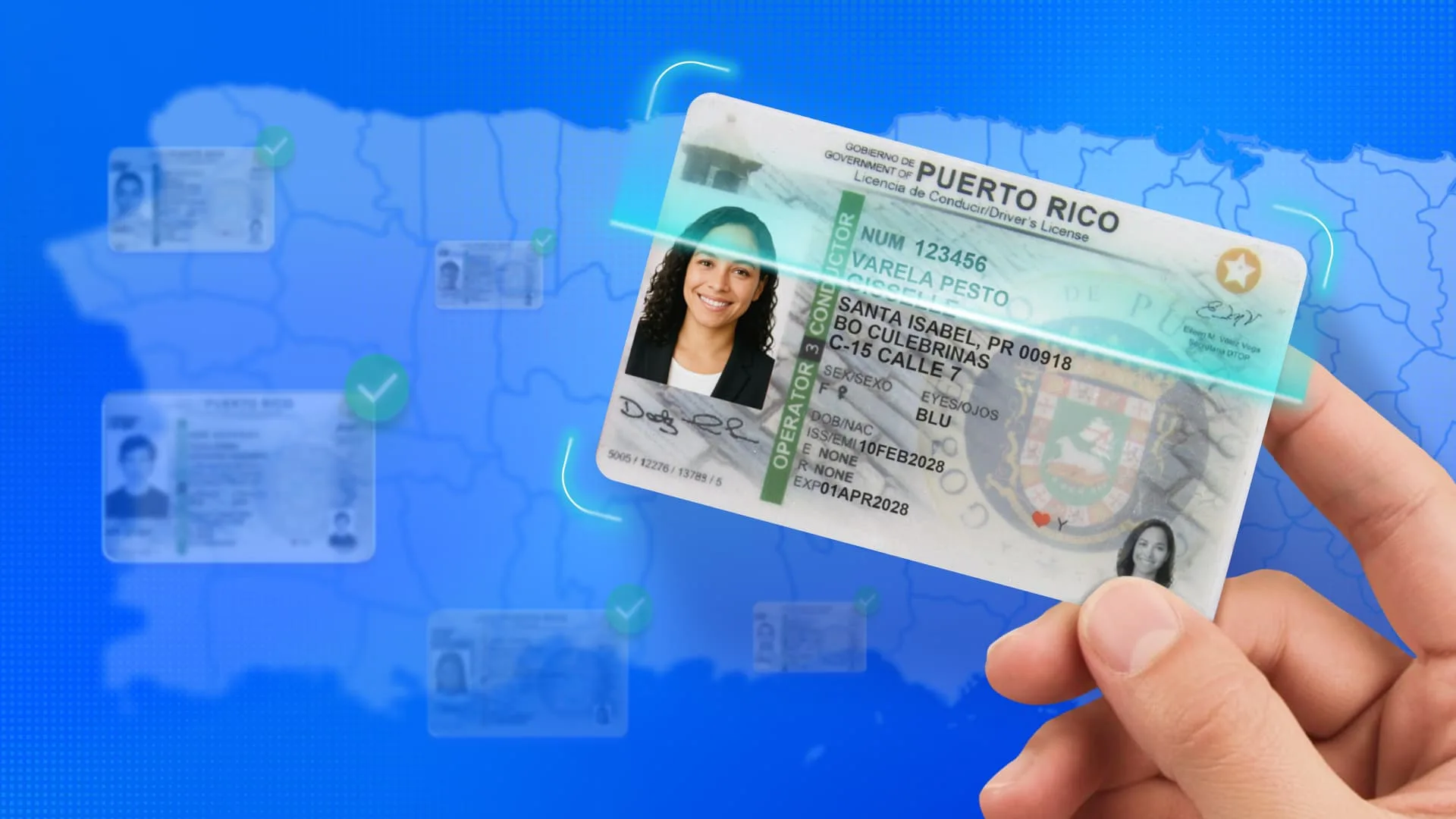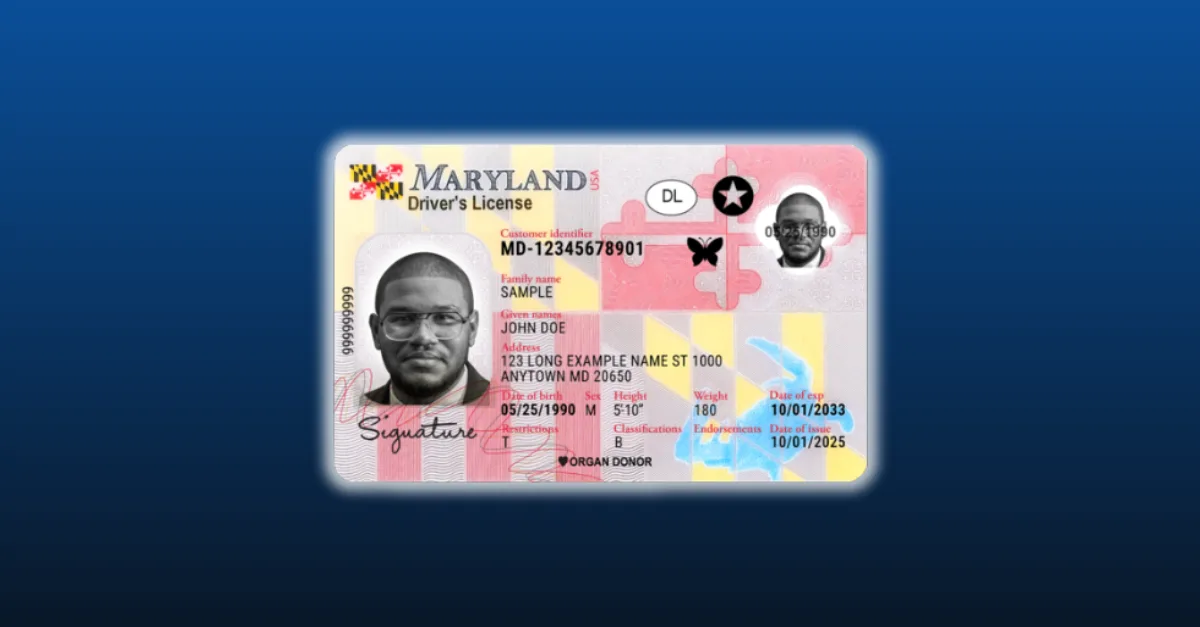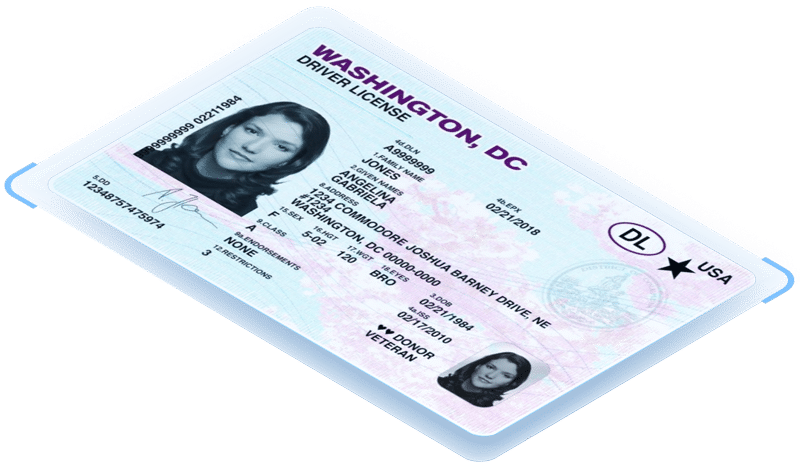When it comes to identity verification, US territories present unique considerations that many American businesses aren’t fully aware of. While residents of American Samoa, Guam, the Northern Mariana Islands, Puerto Rico, and the US Virgin Islands are US citizens or nationals, their identification documents can sometimes cause confusion at checkpoints, businesses, and verification systems.
Understanding these territorial IDs isn’t just about regulatory compliance; it’s about ensuring that millions of Americans aren’t unfairly denied services or faced with unnecessary scrutiny simply because their documents look unfamiliar.
Commonalities of US territory IDs
One fundamental fact that should never be overlooked: all US territories issue US passports to their residents. This is because territorial residents are US citizens (or, in the case of American Samoa, US nationals with easy paths to citizenship). Despite this, territorial IDs have historically faced skepticism, particularly from those unfamiliar with U.S. geography and citizenship laws.
To address this confusion, all territorial IDs now specify “USA” or “United States” somewhere on the document. Puerto Rico took this step most recently in 2023, adding “Puerto Rico, USA” to their newest template in a deliberate effort to combat the persistent problem of mainland Americans not recognizing Puerto Rican IDs as legitimate American documents.
Beyond their American designation, all US territorial drivers licenses and ID cards meet the standards set by the American Association of Motor Vehicle Administrators (AAMVA). This means they incorporate the same technical specifications, security features, and data encoding standards used across all 50 states. The AAMVA standards ensure that barcodes on territorial IDs can be read by the same scanners used for state-issued documents, that security features follow consistent patterns, and that the documents integrate seamlessly with national verification systems.
For businesses verifying IDs, this standardization means that territorial IDs should process through automated systems just as smoothly as any state-issued license, since they’re designed to the same specifications and contain the same types of encoded data in the 2D barcode.
US territory IDs and drivers licenses
Understanding the specific features of territorial IDs can help businesses properly authenticate these documents.
How to verify IDs and drivers licenses from Guam

Guam’s current template, issued since 2020, includes several distinctive features:
- Clearly displays “USA” on the driver’s license
- Features the slogan “Where America’s Day Begins,” a nod to Guam’s position in the westernmost US time zone
- All text in English
- Includes a ghost image for additional security
- Contains both 1D and 2D barcodes on the back
- Driver’s licenses feature a blue header with a map, while ID cards have a green header and map
How to verify IDs and drivers licenses from the Northern Mariana Islands
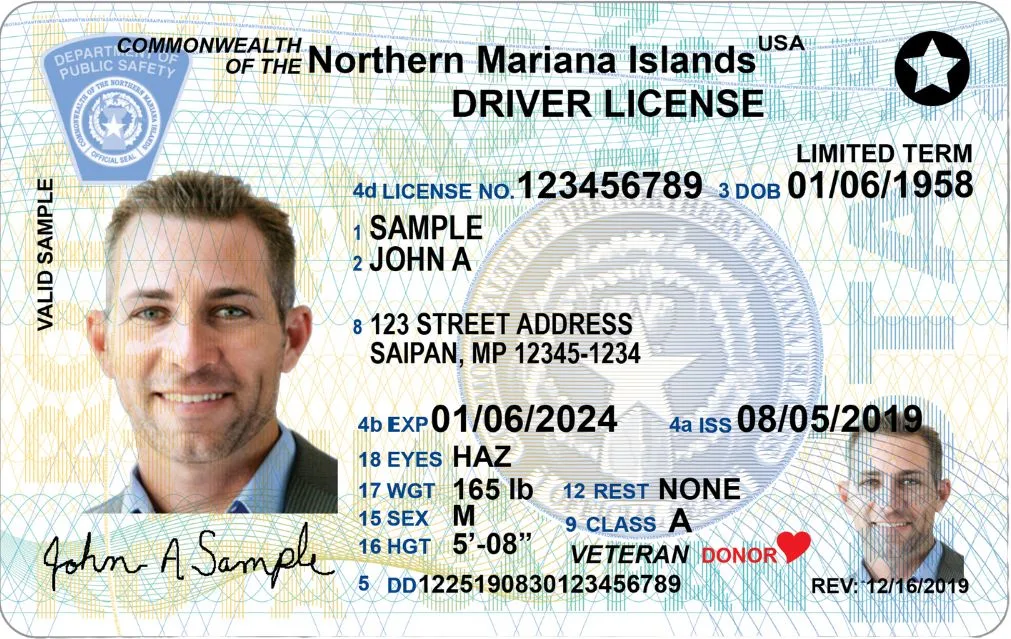
The Northern Mariana Islands keep their identification straightforward:
- All text in English
- Clearly displays “USA”
- Standard security features consistent with REAL ID requirements
How to verify Puerto Rican IDs and drivers licenses
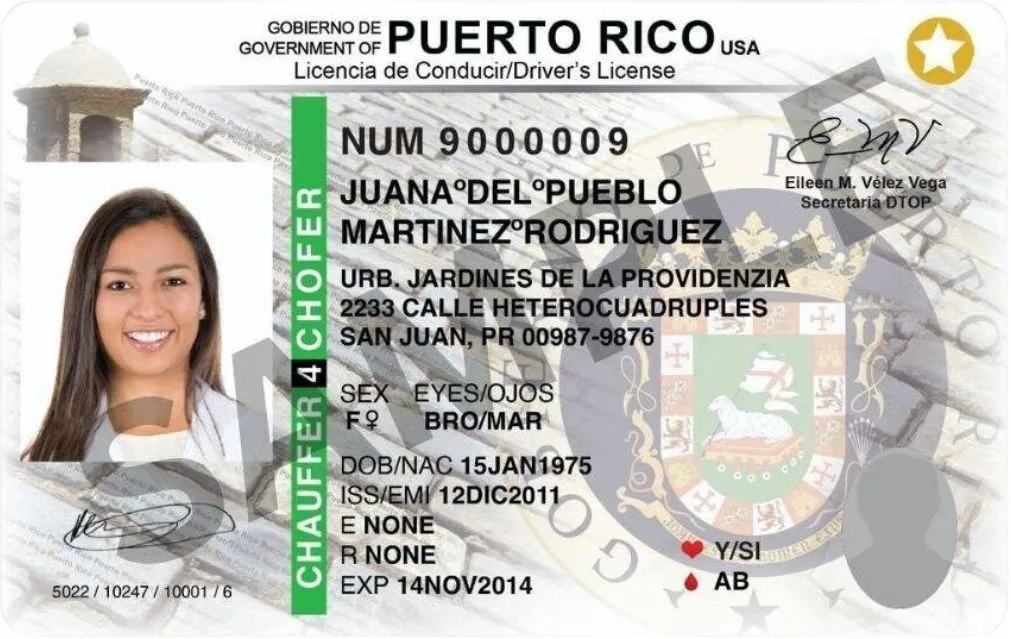
Puerto Rico’s approach to ID design reflects the territory’s unique position and the challenges its residents have faced in mainland America:
- The newest template (2023) is REAL ID compliant
- Explicitly states “Puerto Rico, USA” to eliminate ambiguity
- Text appears in both English and Spanish, reflecting the bilingual nature of the territory
- Offers mobile driver’s licenses (mDLs), showing Puerto Rico’s commitment to digital innovation
The addition of “USA” to Puerto Rico’s IDs in 2023 wasn’t a cosmetic choice; it was a direct response to documented cases of Puerto Rican citizens being treated as foreigners and having their perfectly valid American IDs rejected.
How to verify IDs and drivers licenses from the US Virgin Islands

Important features of IDs from the US Virgin Islands include:
- Documents clearly state “Virgin Islands of the United States”
- All text in English
- REAL ID-compliant features
How to verify IDs and drivers licenses from American Samoa
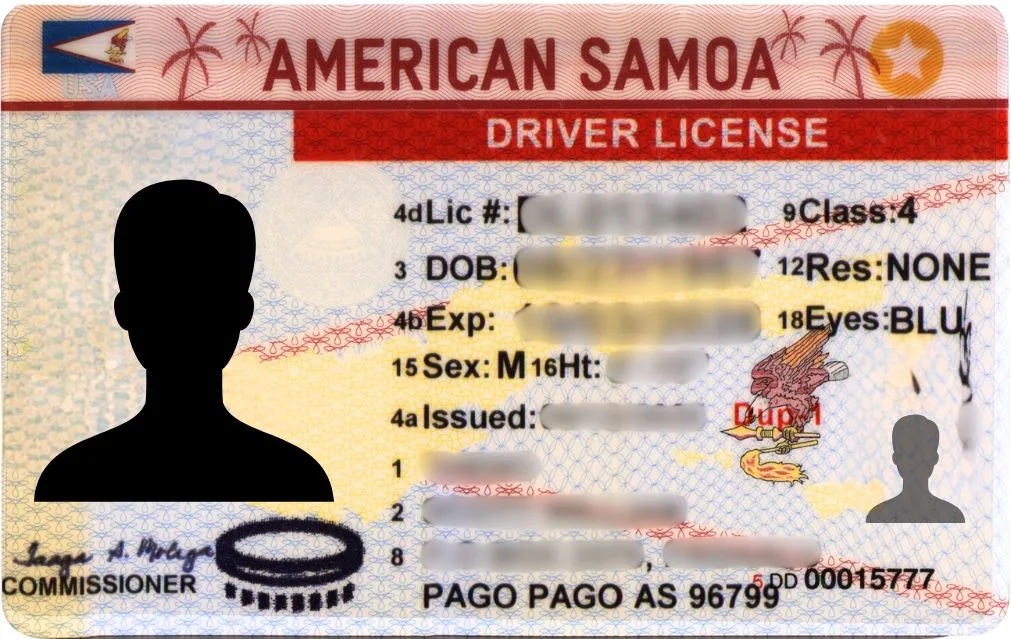
American Samoa’s IDs reflect both its progress toward REAL ID compliance and its ongoing challenges:
- All text in English
- Includes ghost image security features
- REAL ID-compliant versions now available, though adoption remains a work in progress
Other common forms of identity for US territories

Passports are a common form of identification among US territorial residents. This is particularly true in American Samoa, where passports have long been part of the usual travel routine, and where the low REAL ID adoption rate means many residents continue to rely on their passports for domestic air travel.
All passports issued to territorial residents are standard US passports, identical to those issued to residents of the 50 states. They feature the same security elements, the same dark blue cover, and the same “United States of America” designation. Passports from US territorial residents can be verified and authenticated using the same identity verification software used for any other passport.
Best practices for verifying IDs and drivers licenses from US territories
For businesses, security personnel, and anyone responsible for verifying identification, here are key takeaways:
- Recognize territorial IDs as American documents. If it says “USA” or “United States” and comes from American Samoa, Guam, Northern Mariana Islands, Puerto Rico, or US Virgin Islands, it’s a US identification document.
- Check for REAL ID compliance when required. For purposes requiring REAL ID compliance (like domestic air travel), look for the REAL ID star marking. Be aware that American Samoa had compliance challenges, so older American Samoan documents may not meet REAL ID standards.
- Accept US passports without question. All territorial residents can obtain U.S. passports, and these are often the preferred travel document for territory residents.
- Train staff on territorial IDs. Many verification errors stem from simple unfamiliarity. Regular training that includes examples of territorial IDs can prevent discriminatory practices and ensure smooth service for all American citizens.
- Update verification systems. If you use automated ID verification systems, ensure they’re programmed to recognize territorial IDs as valid US documents.
The challenges faced by territorial ID holders, particularly the explicit need to add “USA” to combat discrimination, reveal a gap in many Americans’ understanding of their own country’s geography. U.S. territories are home to millions of American citizens who deserve the same seamless acceptance of their identification documents as residents of the 50 states.
It’s essential that businesses include the 3.6 million Americans living in US territories. The good news is that the technical infrastructure is already in place. Territorial IDs meet AAMVA standards, most are now REAL ID compliant, and all clearly identify their American origin. All US territorial IDs can be accepted, verified, and authenticated using the VeriScan identity platform.
Summary
US territorial driver’s licenses and ID cards from American Samoa, Guam, the Northern Mariana Islands, Puerto Rico, and the US Virgin Islands are American identification documents that meet the same AAMVA standards as state-issued IDs. For businesses, understanding territorial IDs is essential for ensuring secure and comprehensive identity verification practices.


